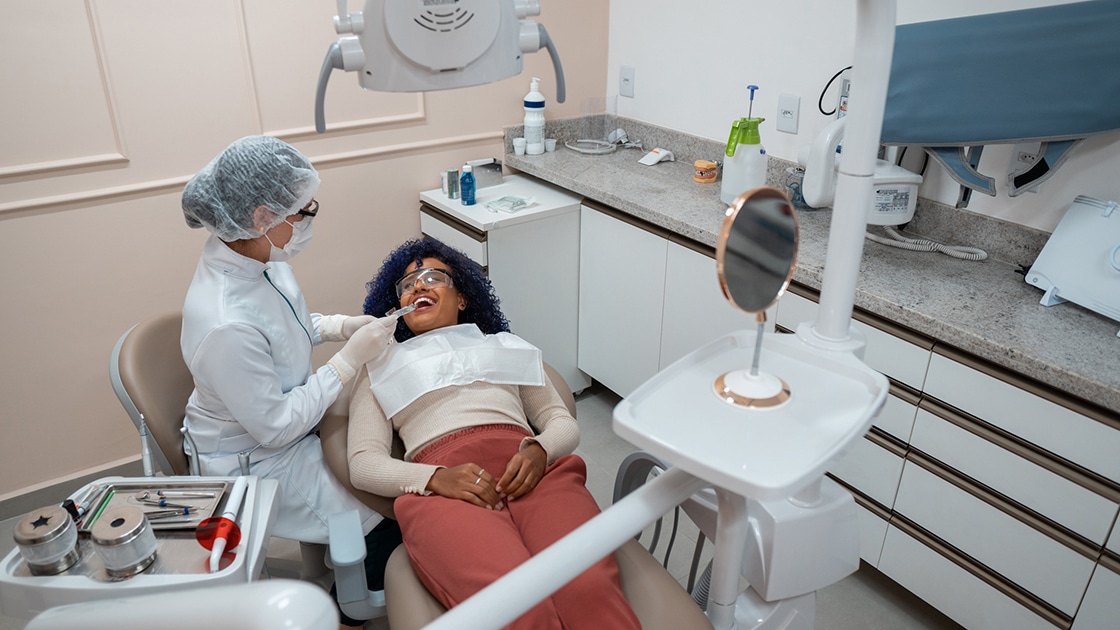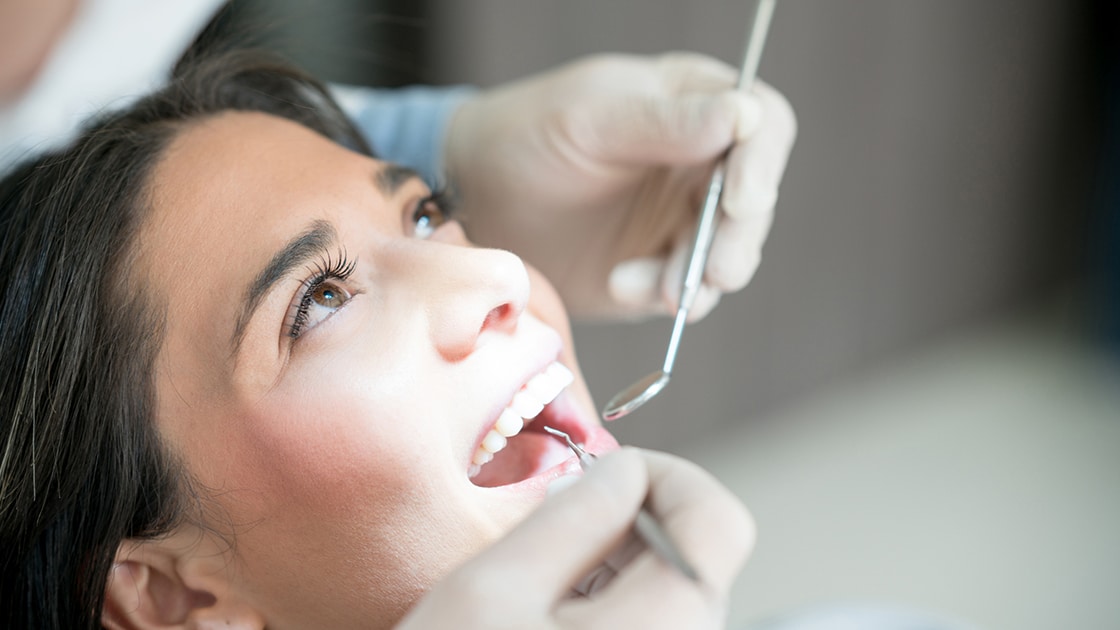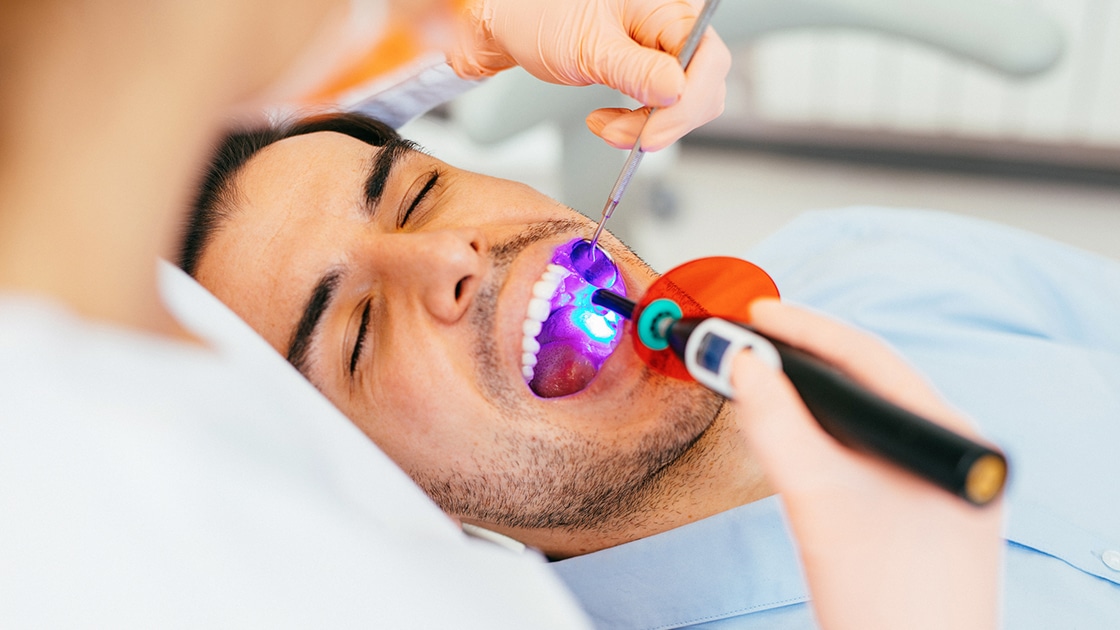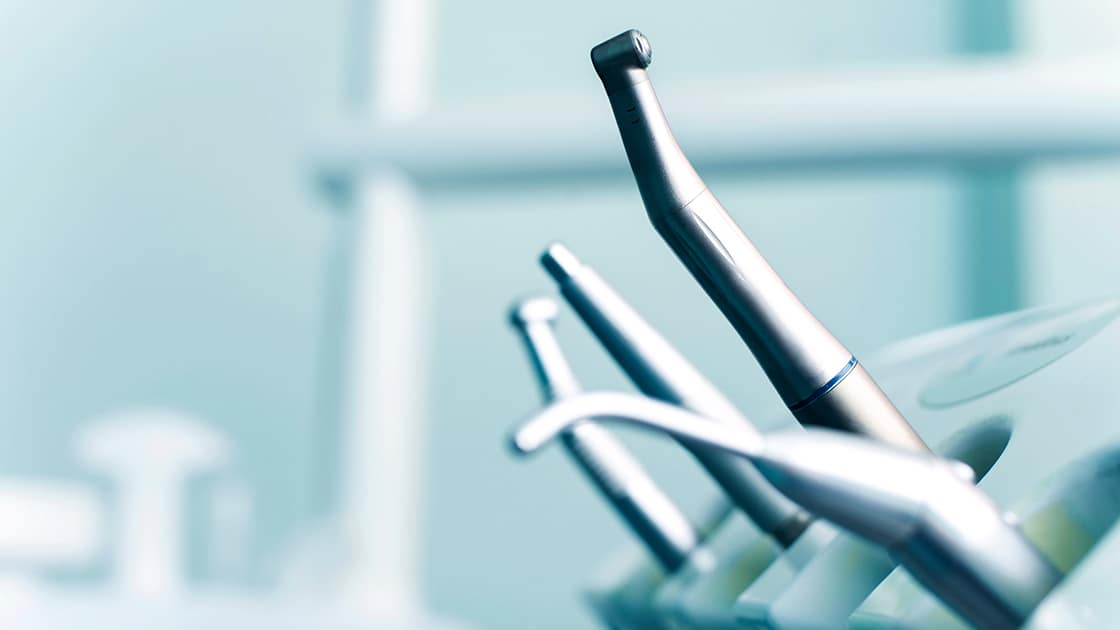
Comprehensive Evaluation / Oral Examination

An oral examination is a visual inspection of the mouth, head, and neck, performed to detect abnormalities. Low radiation digital imaging allows for a more complete examination, helping the doctor to detect cavities, problems in existing dental restorations, gum and bone recession or other abnormal conditions within the mouth, head and neck area.
Dental Cleaning

A dental cleaning, also known as an oral prophylaxis, is the removal of dental plaque and tartar (calculus) from the teeth. Specialized instruments are used to gently remove these deposits without harming the teeth. First, an ultrasonic device that emits vibrations and is cooled by water is used to loosen larger pieces of tartar. Next, hand tools are used to manually remove smaller deposits and smooth the tooth surfaces. Once all the tooth surfaces have been cleaned of tartar and plaque, the teeth are polished.
Fluoride Treatment

Fluoride is a natural substance that helps strengthen teeth and prevent decay. Fluoride treatments are administered at this office as an important component of pediatric dental treatment. The fluoride is applied to the teeth in a gel, foam, or varnish form.
Dental Sealants

Dental sealants are made of a safe resin material that is applied to the surfaces of teeth (commonly permanent molars) to prevent cavities. The sealant material fills in the crevices of a tooth and “seals” off the tooth from cavity-causing agents like food and plaque. The teeth are prepared for the sealant application and the sealant is painted directly onto the chewing surface of each tooth and then hardens. Sealants are applied in one visit.
Custom Oral Appliances

Our office can fabricate custom oral appliances that can protect your teeth and gums during sports, alleviate sleep apnea symptoms to provide an open airway while you sleep, or relieve stress on the temporomandibular joint caused by clenching or grinding of the teeth.
Scaling and Root Planing

Root Canal Treatment

Root canal therapy helps to preserve your natural teeth with infected or inflamed pulp tissue. Root canal treatments are typically recommended for patients whose teeth have deep decay that has reached the pulp or whose teeth have experienced a severe injury or have been dislocated. During a root canal procedure, the pulp tissue in the infected root canal is removed and the canals cleaned and the root canals are sealed to prevent bacteria or debris from recurring.
Once the root canal treatment is complete, a temporary filling or crown is immediately placed to protect the treated tooth and to restore the full function of the tooth.
Extractions

Extractions may be necessary for a variety of reasons: in preparation for orthodontic treatment, before dental implant placement, or if a tooth is not able to be saved with restorative procedures.